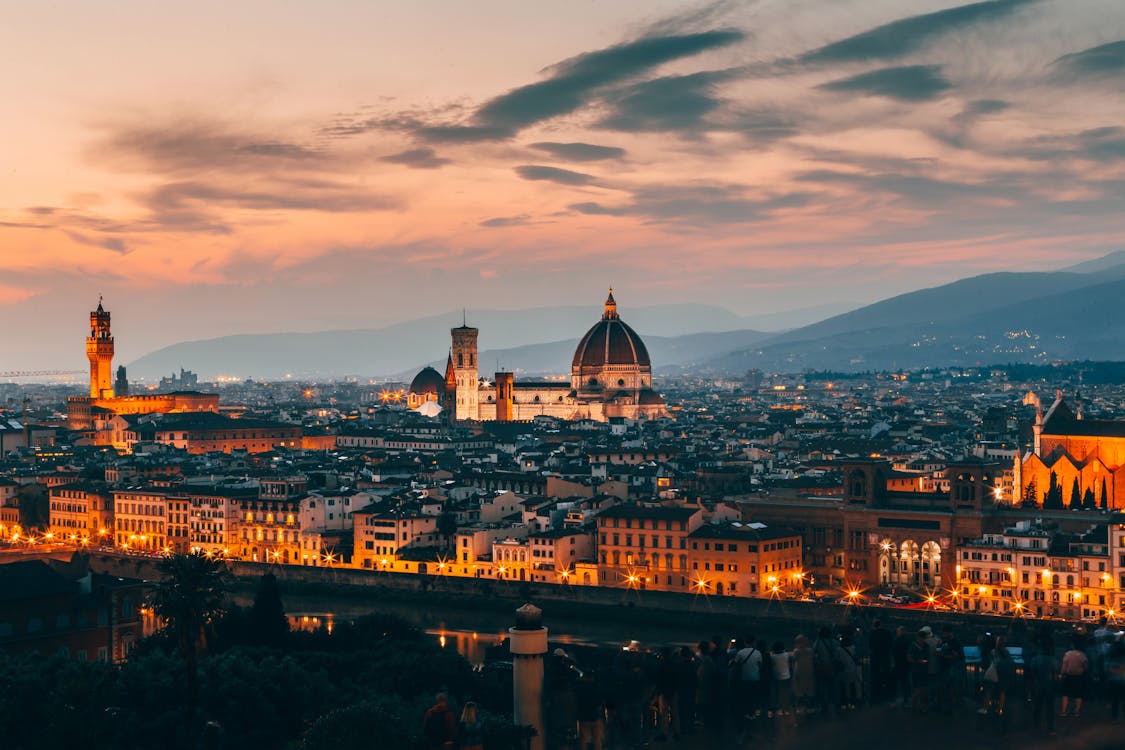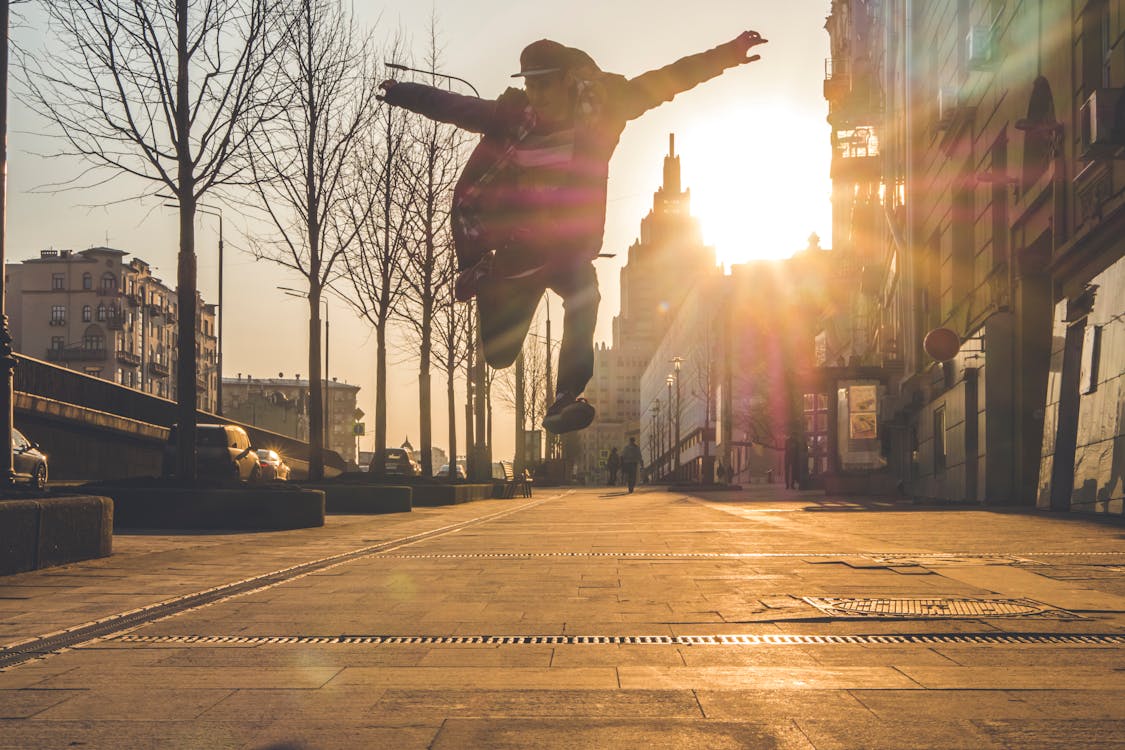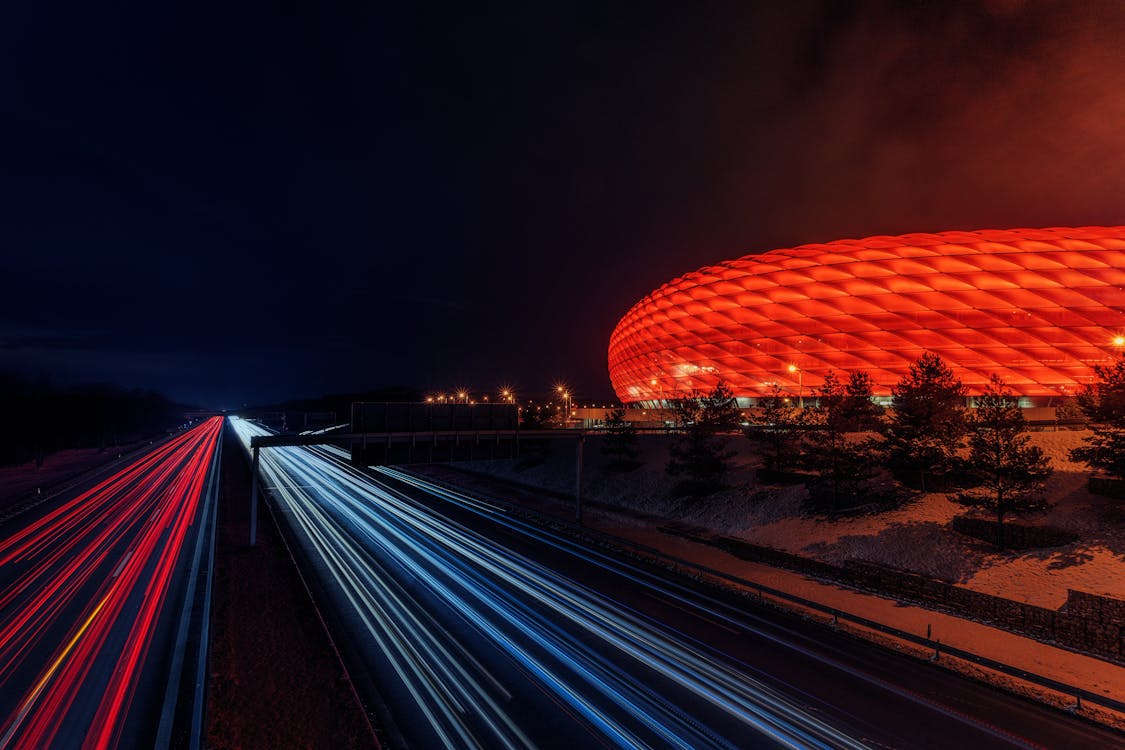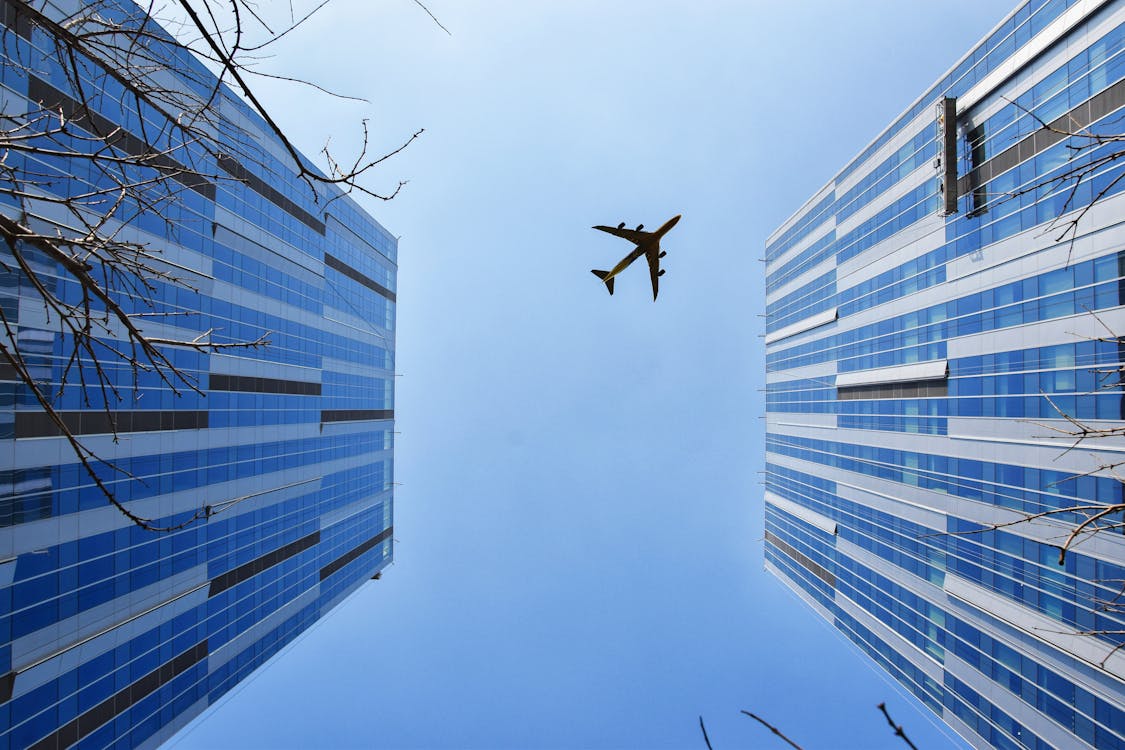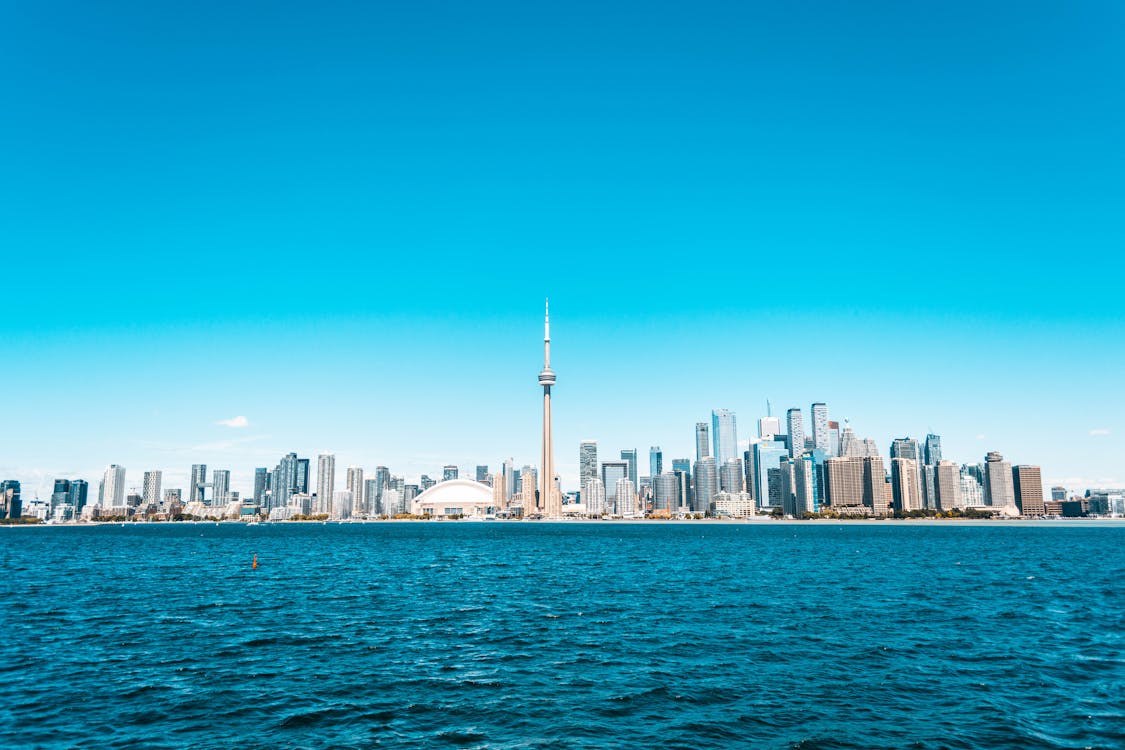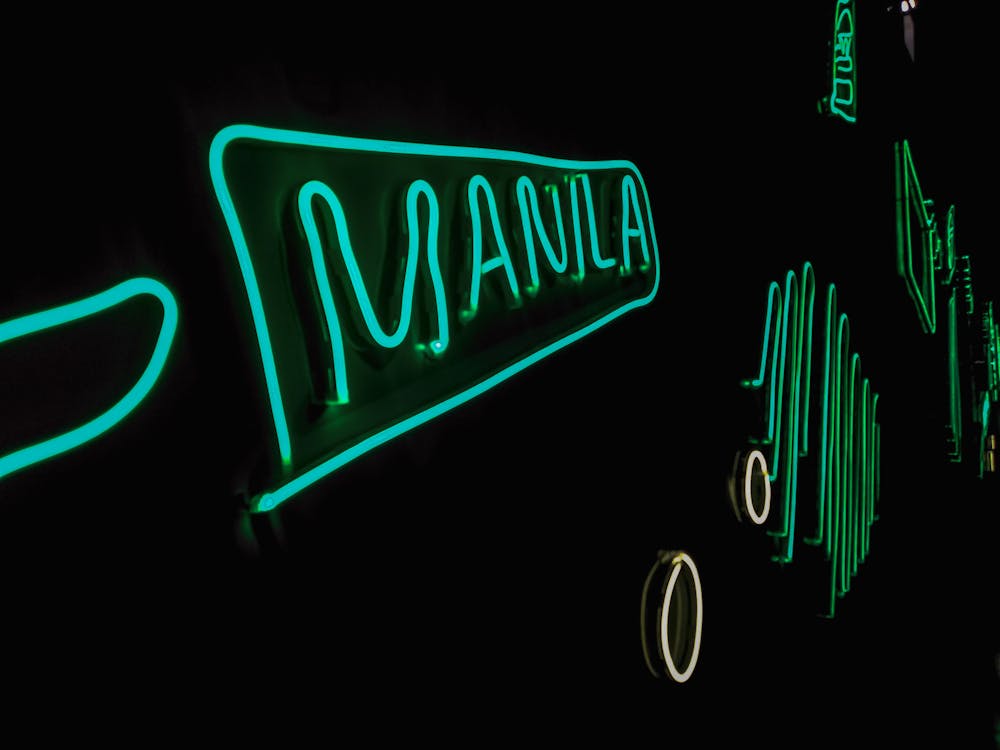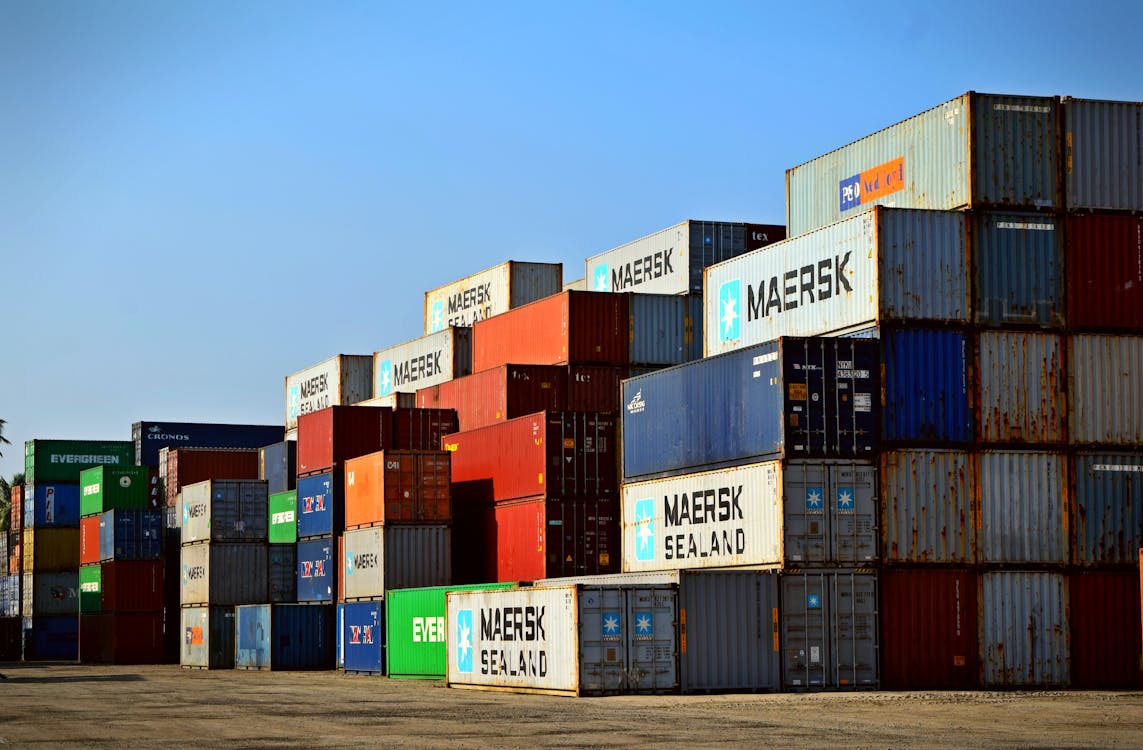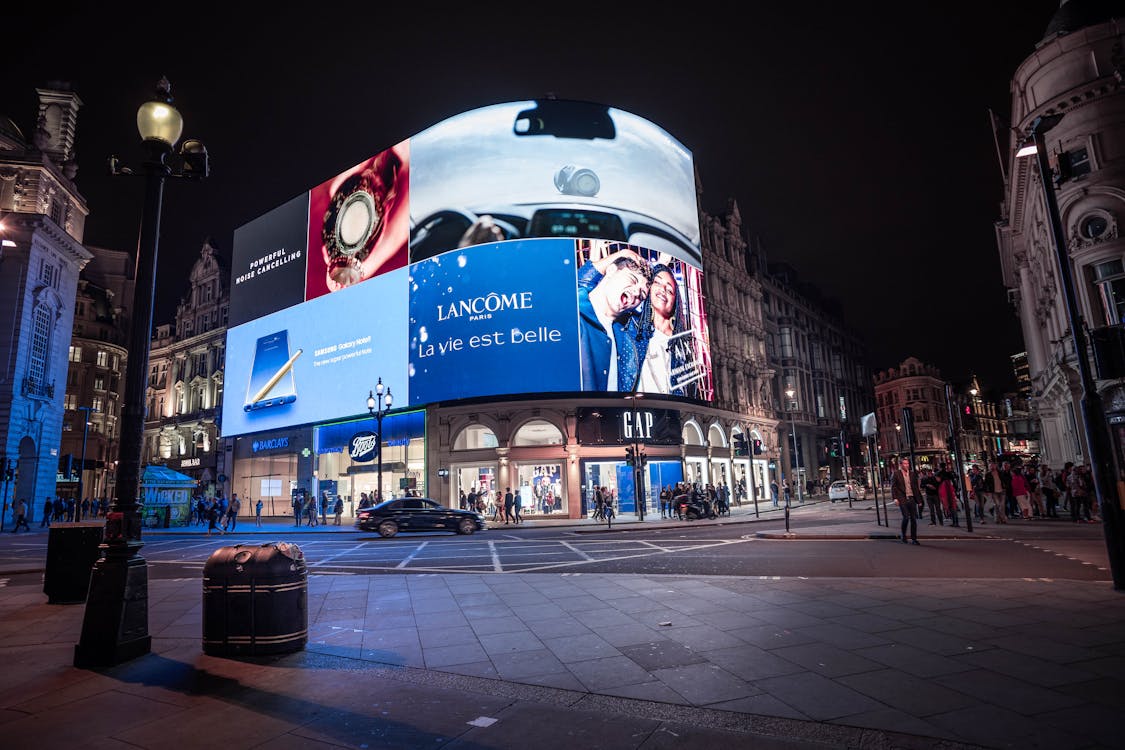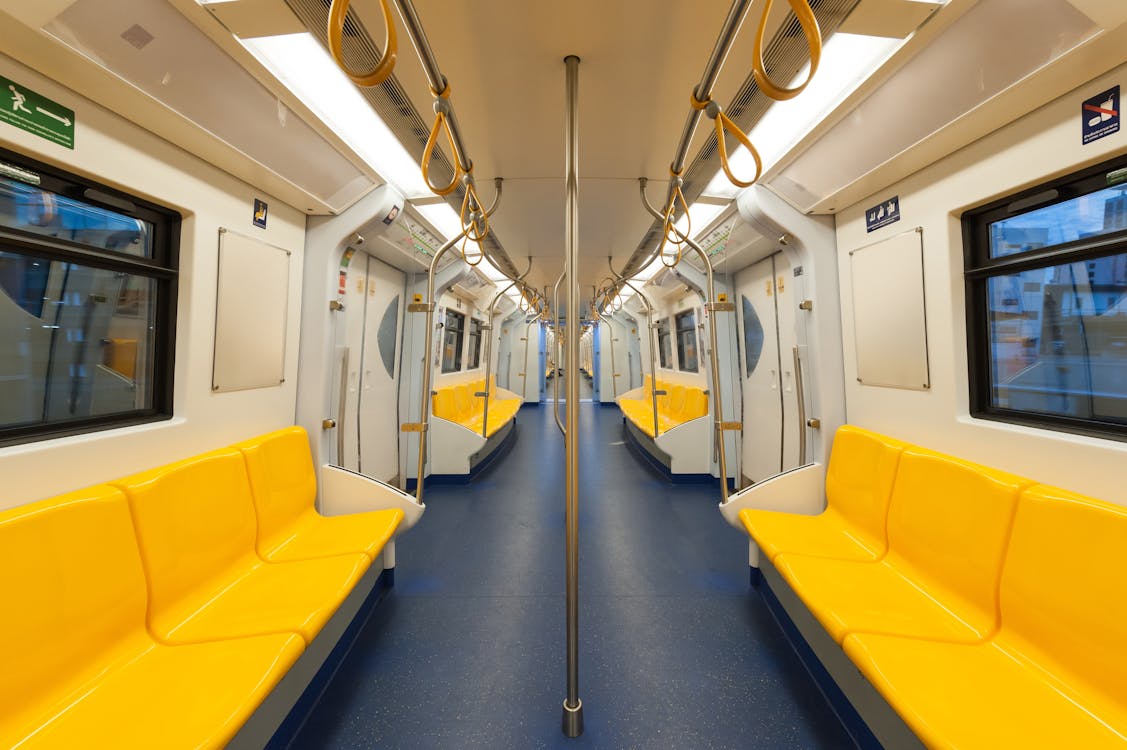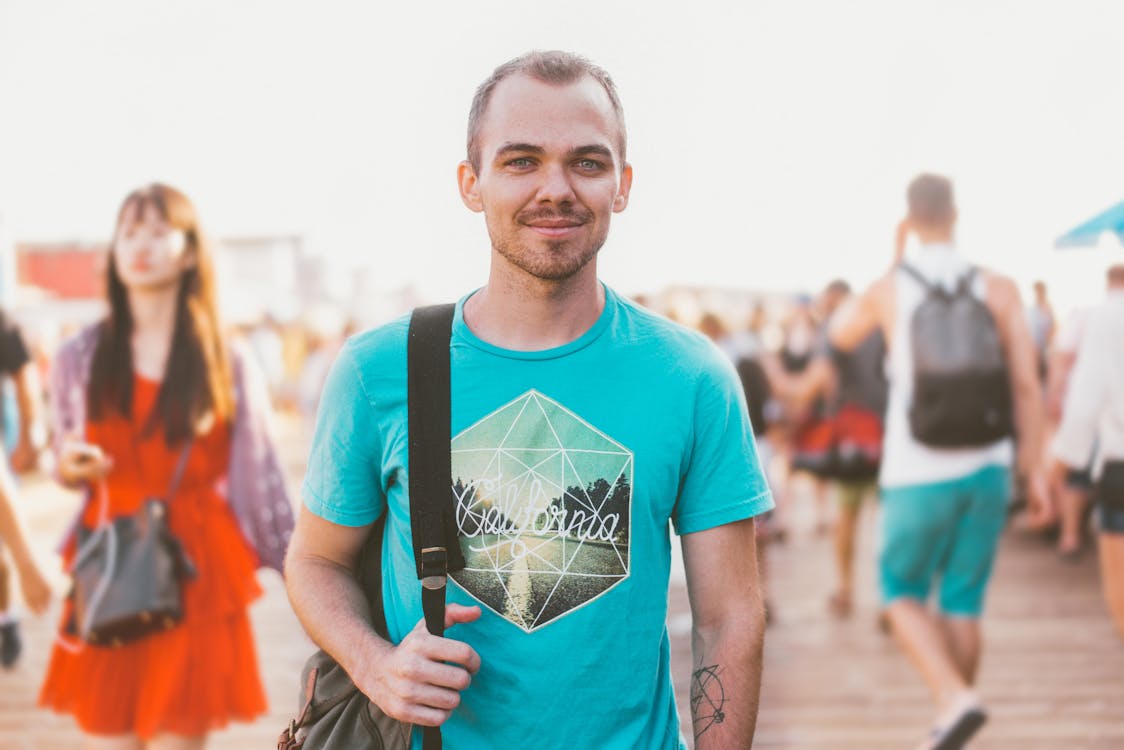In the bustling heart of every city, a silent artist wields an invisible brush, painting the urban landscape with colors that evoke emotions, shape perceptions, and influence behavior. From the vibrant reds of Times Square to the calming blues of coastal towns, the psychology of urban colors is an intricate dance between aesthetics and human psychology. In this extensive feature article, we delve into the fascinating world of urban color psychology, exploring how cityscapes impact our emotions, behaviors, and well-being.
The Emotional Palette
Colors are not mere decorations; they are powerful communicators of emotion. The cityscape's color palette plays a significant role in setting the tone for urban life.
1. The Red Pulse of Energy: We begin our journey with red, a color that signifies energy and vitality. In urban design, red is often used to capture attention. Think of the red banners of Chinatown or the iconic red buses of London. These bursts of red invigorate and excite, making them perfect for commercial districts and entertainment hubs.
Red is not just a color; it's an emotional trigger. Studies have shown that exposure to red can increase heart rate and stimulate appetite. It's no wonder that many fast-food chains use red in their branding. However, red is a double-edged sword; excessive use can lead to feelings of stress or aggression.
2. The Soothing Blues of Tranquility: Blue, on the other hand, is the color of serenity and trust. It's no coincidence that hospitals and clinics often feature calming shades of blue in their decor. Coastal cities often embrace blue, from the azure waters to the sky itself, fostering a sense of peace and relaxation.
The psychological effects of blue are well-documented. Exposure to blue has been found to reduce stress and lower blood pressure. It's a color that encourages a sense of safety and stability, making it a popular choice for corporate offices and financial institutions.
3. Green Oasis of Renewal: Green is the color of nature and growth. Urban parks and green spaces are not just aesthetic choices; they offer a respite from the concrete jungle, promoting mental well-being and physical health.
Green is associated with feelings of harmony and balance. It's a color that reduces anxiety and promotes a sense of renewal. In a world where urbanization often disconnects us from nature, green spaces act as a much-needed link to our natural environment.
The Urban Color Effect
Now that we've explored the emotional language of urban colors, let's delve into their profound impact on our daily lives.
1. Retail Therapy in Technicolor: Ever wondered why shopping districts are a riot of colors? From boutiques to storefronts, retailers use color psychology to influence our buying decisions. Warm hues like orange and yellow encourage impulse purchases, while cool colors like green and blue promote trust and brand loyalty.
Retailers meticulously choose colors to create specific atmospheres. For example, luxury brands often employ black and gold to convey exclusivity and sophistication, while fast-food chains use bright colors to evoke a sense of speed and convenience.
2. The Colorful Commute: Urban transportation systems are not just about functionality; they're also about the emotional experience. Public transit stations often use calming colors to reduce stress during the daily commute, while traffic signals rely on color-coded information to ensure safety.
Color plays a crucial role in wayfinding within cities. For instance, subway lines are often color-coded to help passengers easily navigate complex networks. This use of color not only simplifies navigation but also enhances the overall experience of using public transport.
3. Living in Color: Residential areas are carefully curated with colors that resonate with the desired lifestyle. From vibrant urban apartments to serene suburban homes, color choices reflect the aspirations and preferences of residents.
Different neighborhoods often have distinct color palettes. Historic districts may adhere to traditional color schemes to preserve their character, while modern developments experiment with bold and innovative colors to appeal to a younger demographic.
The Impact on Mental Health
Beyond aesthetics and behavior, the urban color palette has profound implications for mental health.
1. Easing the Urban Blues: In the fast-paced urban environment, the right colors can alleviate stress and anxiety. Parks and public spaces painted in soothing shades offer city dwellers a much-needed escape.
Urban planners are increasingly recognizing the importance of green spaces and are integrating them into city designs. These spaces not only provide respite from the hustle and bustle but also promote physical activity, social interaction, and improved mental well-being.
2. Community and Connection: Urban planners are also harnessing the power of color to foster a sense of community. Colorful murals and public art projects bring people together and create a shared sense of identity.
In some cities, entire neighborhoods have undergone colorful transformations through community-led art initiatives. These vibrant, art-infused neighborhoods become hubs of creativity, attracting both residents and tourists alike.
As we navigate the vibrant tapestry of urban life, it becomes evident that colors are more than just visual stimuli—they are powerful tools that shape our emotions, behaviors, and mental well-being. The psychology of urban colors reveals that the cityscape is a canvas where every hue tells a story. It's a reminder that behind the concrete and steel, there's an artist at work, using colors to captivate our hearts and minds.
In the city's kaleidoscope of emotions, urban designers, architects, and city planners continue to explore innovative ways to harness the psychology of color for the betterment of urban life. As we walk through the streets of our cities, let us pause to appreciate the emotional symphony of colors around us, for it is a silent but influential force that guides our urban experience.

